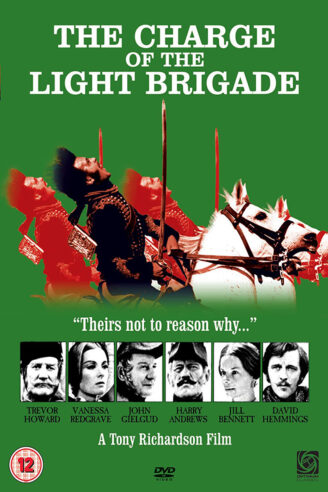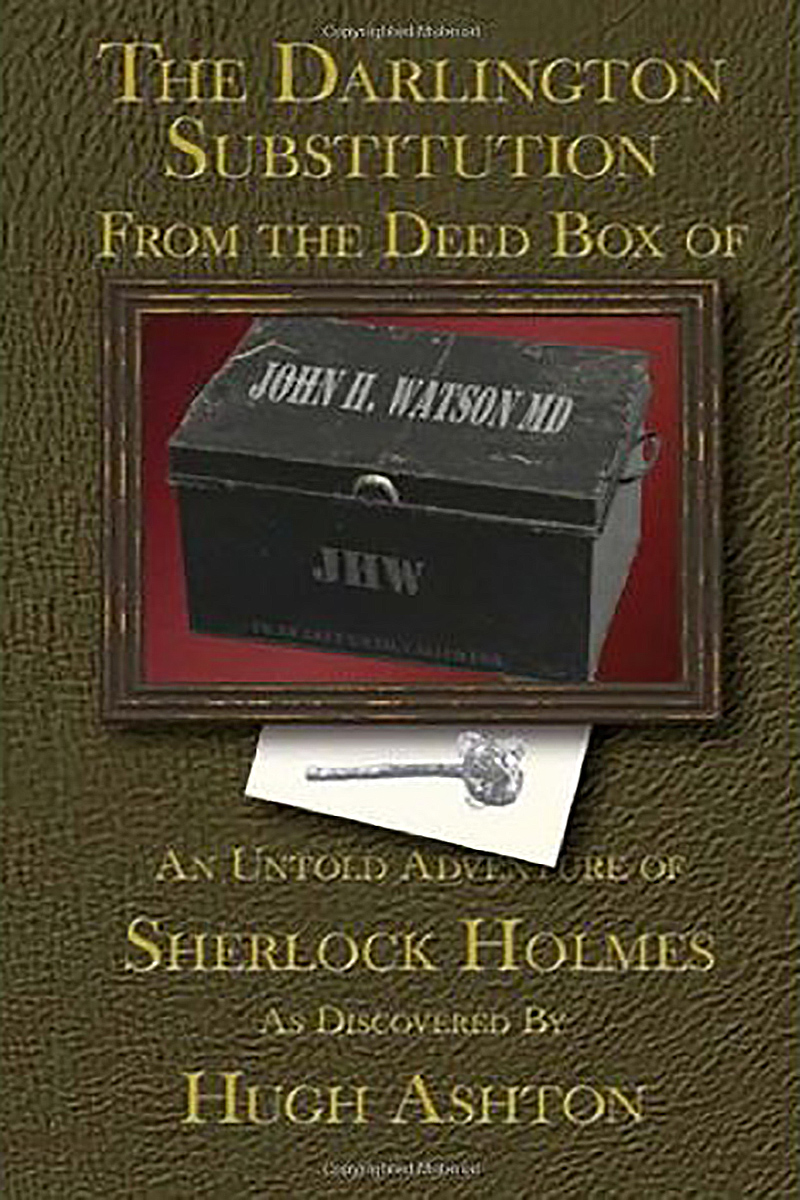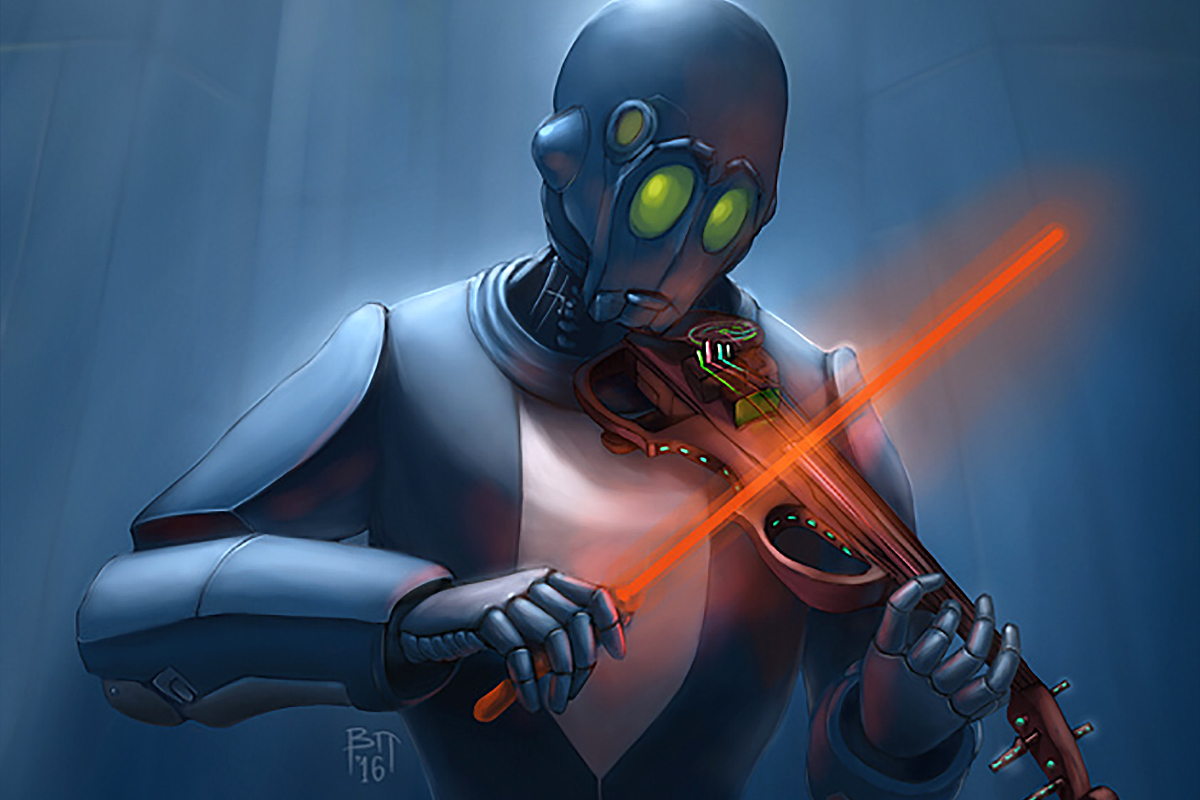Few actions of the British Army are more infamous than the Charge of the Light Brigade, a doomed attack on the wrong Russian artillery emplacement during the Battle of Balaclava of the Crimean War. For the men under the command of Louis Nolan, it was “theirs but to do and die,” to quote Alfred Tennyson’s famous poem. It is an example of what the rich and powerful do to the poor and powerless in war: the former command and negotiate, the latter die ingloriously.
Tony Richardson brought this contrast to the silver screen in 1968 with his film The Charge of the Light Brigade. Befitting its time — it was made at a time of rising anger over America’s savage war in Vietnam — it is a bleak, cynical movie, similar to Peter Watkins’ 1964 Culloden and John Guillermin’s 1969 The Bridge at Remagen.
Britain at the time of the Crimean War is a country obsessed with class. This is made excruciatingly clear in the film, as it follows Nolan (David Hemmings) navigate the arcane structures of the British Army. He is the rare officer who earned his commission in India, rather than having bought it. (This was before the Cardwell Reforms of 1874, which abolished the sale of commissions.) Despite this, he is snubbed again and again and again, for reasons that are silly at best and incomprehensible at worst.
When it gets to the fateful battle at Balaclava, it is perhaps too peaceful. The battlefield is a simple valley between hills, with the Russians only visible in parts. That battle isn’t thrilling. Nolan dies, and it cuts away to his superiors. There is a distance to the fight that makes you think of it in a manner not unlike those noblemen, until you remember how horrible the thing really is.
Animated sequences that go between the major events stand out. They uniformly poke fun at the madness of the whole enterprise: competent men led by men who had literally bought their positions into a foreign land to fight in a war they had no business being in. One could be forgiven for thinking of Monty Python’s Flying Circus, but they were the work of Richard Williams, who did some sequences in the Pink Panther movies and served as animation director for 1988’s Who Framed Roger Rabbit.
The Charge of the Light Brigade is an enduring anti-war story, one that humanizes its characters and then blindsides you, the viewer, by showing just how unceremoniously people can die in battle. They “Rode thro’ the jaws of Death,” as Tennyson put it, but not for any good reason. They didn’t die for glory or honor. The real tragedy is that they just died.





